Ask Anna: Body Piercings
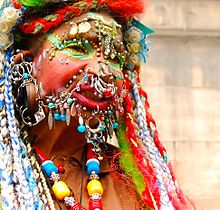 Facial and body piercings have been around for as long as we can tell, and certainly since ancient times. Even the oldest discovered mummified body, Otzi the Iceman, had his ears gauged to about 7-10 mm (and he’s pushing 5300 years.) Different placements of facial and bodily piercing have had different significances across cultures. Of course, in our culture, they signify a form of self-expression. Piercings other than the earlobe often carry an association with rebellion; they can be looked down upon, or viewed as merely an expression of autonomy and aesthetic pleasure.
Facial and body piercings have been around for as long as we can tell, and certainly since ancient times. Even the oldest discovered mummified body, Otzi the Iceman, had his ears gauged to about 7-10 mm (and he’s pushing 5300 years.) Different placements of facial and bodily piercing have had different significances across cultures. Of course, in our culture, they signify a form of self-expression. Piercings other than the earlobe often carry an association with rebellion; they can be looked down upon, or viewed as merely an expression of autonomy and aesthetic pleasure.
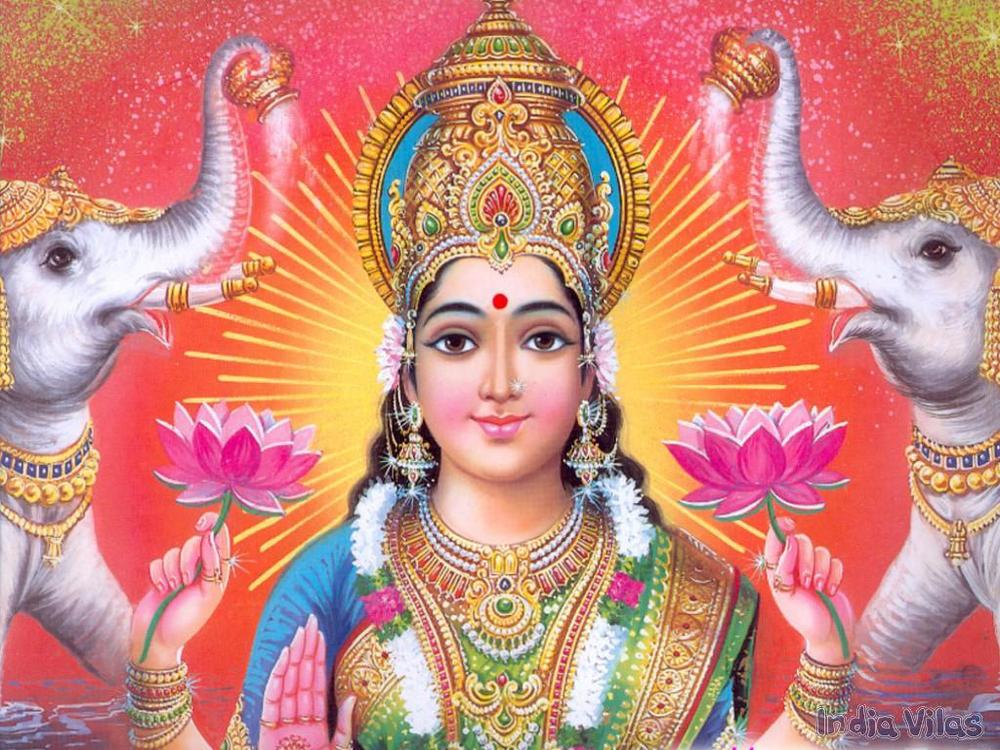
Nose piercings, for example, have always been prevalent in India. Similarly to how Lirbai Mataji inspired Hindus to regard tattoos on the hands and face as good luck, the goddess Lakshmi is referred to as having a nose piercing in the Hindu Vedas. It’s still popular for many Indian women of marriageable age to have a stud or ring in the nostril, which is also associated with female reproductive health in the ancient Indian medicinal teachings of Ayurveda. Historically, the piercing was done on her wedding night, and the bride wore a large, intricate piercing.
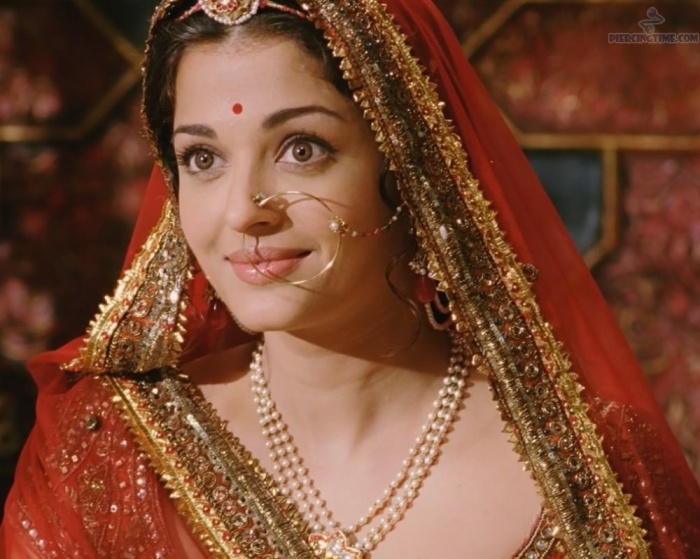
However, a small ring or stud is still often considered to be a conservative, acceptable piercing for young Indian women. (This is ironic, considering how many American teenagers have used it as a symbol of rebellion.)
For Aztecs, Mayans, Incas, and even many Native American tribes, the septum was a more preferable place for nose piercings. They were associated with reproductive health for men in some tribes. Often they were made of gold or bone and adorned with feathers to symbolize wealth or prosperity. However, they weren’t the adorably barbelled little rings some Western teens choose (as they can be flipped up and hidden in the nostrils.) They were huge and dramatic, meant to be seen and admired.



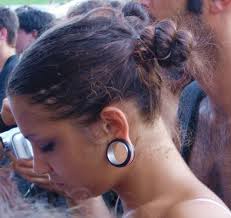 African tribal cultures also used piercings to signify age and status, although they used a much more permanent technique. Often, they would stretch or gauge the lips slowly using discs to alter the shape of the piercing (and the face.) This is still practiced today by some tribes, like the Mursi of Ethiopia. Today, gauging has been adapted to the ears by youth subcultures and countercultures like punk and other movements that celebrate alternative celebrations of aesthetic freedom.
African tribal cultures also used piercings to signify age and status, although they used a much more permanent technique. Often, they would stretch or gauge the lips slowly using discs to alter the shape of the piercing (and the face.) This is still practiced today by some tribes, like the Mursi of Ethiopia. Today, gauging has been adapted to the ears by youth subcultures and countercultures like punk and other movements that celebrate alternative celebrations of aesthetic freedom.
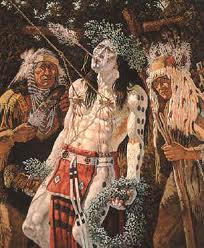
Body piercings have also traditionally been used in various cultures and subcultures for experiences of transcendence, either spiritual or sexual. Religious ceremonies, like the Sun Dance ceremony for the Native American Crow tribe, often utilized piercing as a way to spur the participant into a trance state, to induce spiritual visions. Similarly to how ancient Roman Catholics would flagellate themselves to imitate Christ’s pain through the crucifix, some Eastern cultures use piercing as a form of spiritual self-sacrifice.
In the past, piercing has been associated with many groups that were considered “deviant,” which is perhaps how they began to get a bad reputation. The gay male S&M community, for example, over the course of the 20th century, used piercing erotically, and in England, one group was convicted of assault and bodily harm.

It’s mostly with the advent of Western culture and corporate dress codes that piercing has become a point of contention. Most people working a 9 to 5 aren’t exactly sporting gauges and labrets. That’s why piercing is so associated with youth culture, when there are less limitations on appearance. Celebrities and media figures, who also are obviously less restricted by job requirements, often sport piercings, which in turn popularize them with youth. The belly-button piercing and midriff shirt trend were icons of young female youth in the late 90s and early 2000s, which you can partially attribute to the popularity of It Girl and popstar Britney Spears, who adorned her toned abs with sparkling jewelry, which she sported in many of her music videos and promotional shots.
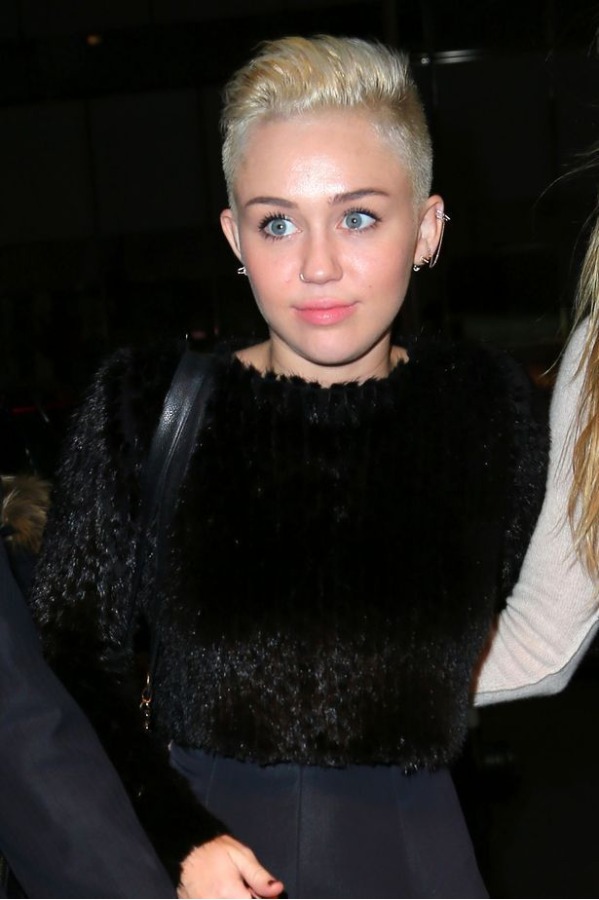 Because of their association with rejecting normative standards and authority, piercings are also popular with tons of stars (and their fans) who look to eschew a demure, good-girl image – like Miley Cyrus, who recently paired her peroxide pixie cut with several lobe and cartilage piercings on her ears and nose, as she shed her Disney image.
Because of their association with rejecting normative standards and authority, piercings are also popular with tons of stars (and their fans) who look to eschew a demure, good-girl image – like Miley Cyrus, who recently paired her peroxide pixie cut with several lobe and cartilage piercings on her ears and nose, as she shed her Disney image.
Perhaps piercings aren’t as fiercely looked down upon as tattoos because they’re less permanent – they can be removed, they can heal, and can become just a memory or symbol of youth. However, ear piercings were repopularized over the course of the 20th century, when hairstyles that favored covered ears fell out of vogue in the West. Maybe we’ll see a higher tolerance for other piercings if conservative standards of appropriate dress fall away, and as more people utilize their aesthetic choices to represent themselves.